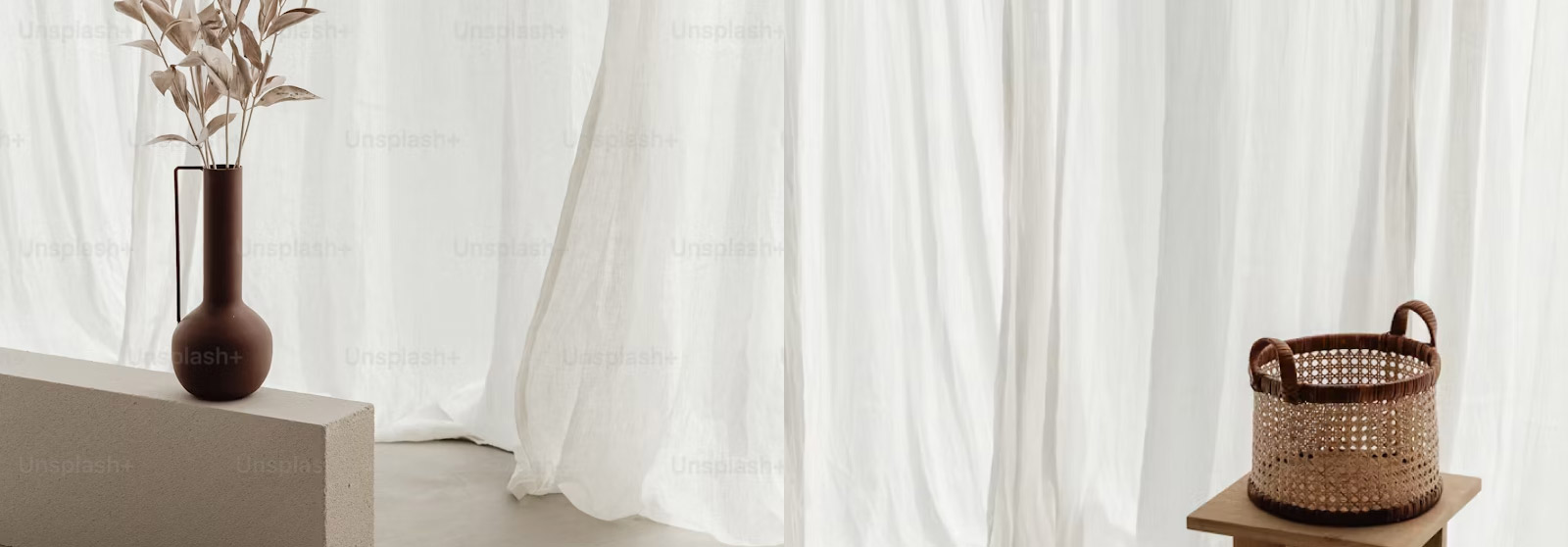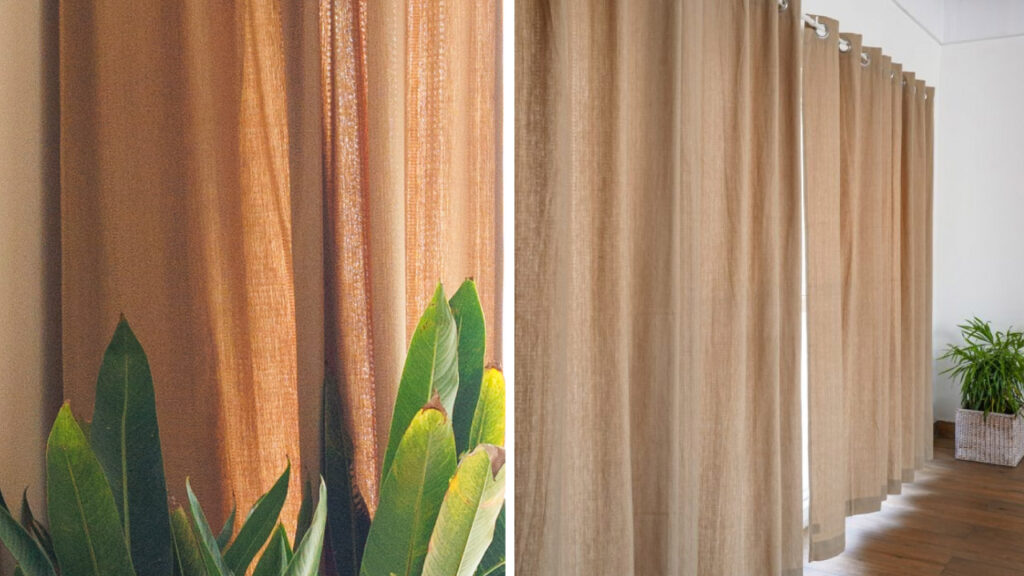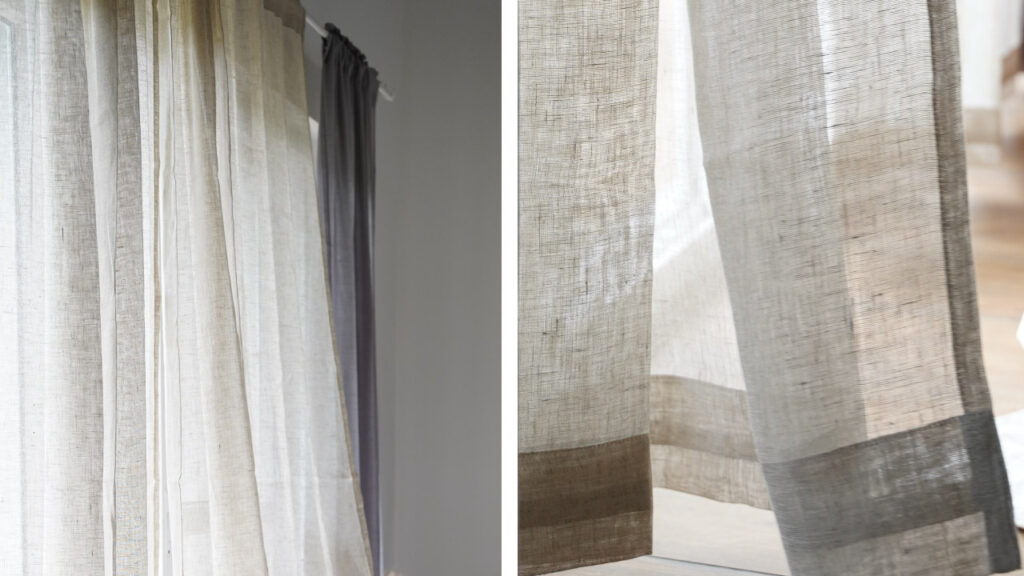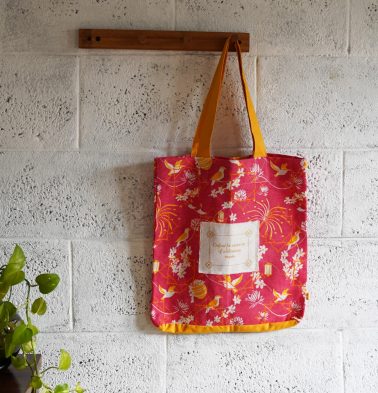- PRIVACY POLICY
- About
- All Categories
- Areca Palm
- Best Sellers
- Blog
- Bulk Orders
- Cart
- Chat with us
- Checkout
- Collections
- Contact For Bulk Order
- Corporate Gifts
- Cotton for a cause
- Covid-19 Update
- Customer Reviews
- Customised Curtains
- Customize
- Diwali Sale
- Edit Order
- explore
- Export Customer file for Facebook
- Feedback
- Furnish Your Dream
- Furniture
- Get in touch
- Gift Cards
- Holiday
- Home
- Home old
- Home1
- International Orders
- Kitchen and Table Best Sellers
- Limited-Time Deals
- Linen
- My Account
- My Gift Card
- New Arrivals
- Payment Policy
- Returns and Cancellation Policy
- review
- Sale
- Sale Category
- Sale Today
- Shipping Policy
- Shop
- Shop the Look
- Subscribe
- Support
- TERMS & CONDITIONS
- test page
- test page
- Thank you
- Thank you
- Thank you
- Thoppia Best Sellers
- Track Order
- Verification
- Weaver’s Diary
- Wishlist
International Shipping Available: For details, click here.
Free Shipping: Domestic orders (within India) above ₹999 | International orders above $89.
New User Offer: Use WELCOME200 to get ₹200 off on Subtotal above ₹2999* (India only).
Prepay and Save: Enjoy extra discounts with prepaid orders.**(India only).
THOPPIA500: ₹500 off on Subtotal above ₹12,499*** (India only).
THOPPIA1000: ₹1000 off on Subtotal above ₹24,999*** (India only).
Eco-Friendly Choices Start at Home: Why Not with Your Curtains?
Say goodbye to synthetic curtains and switch to breathable, chemical-free fabrics. Explore Thoppia’s eco-friendly cotton and linen curtains for a healthier, sustainable home.

If you’re someone who chooses a cloth bag over plastic at the store or prefers stainless steel or wooden utensils over their plastic counterparts, you’re already making thoughtful decisions for a greener future. And when it comes to your wardrobe, if you choose natural fibers like cotton or linen over polyester, you’re minimizing your environmental footprint. But what about your home? Have you ever stopped to think about the impact your curtains, cushions, or other furnishings might be having on the environment and your health?
It’s time to extend your eco-conscious choices to your home décor—and that includes your curtains.
The Hidden Dangers of Synthetic Curtains
Synthetic materials like polyester and nylon, which are often used in curtains, have a darker side that many don’t realize. These materials, when exposed to sunlight, release Volatile Organic Compounds (VOCs) into the air. While not all VOCs are dangerous, long-term exposure can result in respiratory issues, headaches, and even allergic reactions. As the climate continues to change, we are seeing more prolonged periods of sunlight, meaning the air in our homes could be circulating harmful chemicals from these synthetic curtains for hours on end. It’s time to think about the hidden toxins affecting the air you breathe and, ultimately, your health.
The Environmental Impact: Microplastic Pollution
But the problems don’t stop with air quality. Synthetic curtains are also a major contributor to the growing problem of microplastic pollution. Every time you wash synthetic fabrics, they shed tiny plastic fibers that end up in water systems, impacting marine life and contributing to pollution. These microplastics are not biodegradable and can persist in the environment for decades, accumulating in waterways and even entering the food chain.
Additionally, synthetic fibers can cause skin irritation, with itching, redness, or rashes being common complaints for those with sensitive skin. With all these potential risks in mind, it’s clear that synthetic curtains are not as harmless as they may seem.

Why Not Choose Natural Fabrics for a Greener Home?
If you’re already committed to using natural fabrics in your clothing, why not extend that logic to your home décor? Switching to natural fibers like cotton, linen, or bamboo for your curtains can be a game-changer for both your health and the environment. Here’s why:
- Sustainable and Non-Toxic – Natural fabrics like cotton and linen don’t release harmful chemicals into your home. They’re breathable, hypoallergenic, and chemical-free, offering a healthier option for you and your family.
- Eco-Friendly – Cotton and linen are biodegradable, unlike synthetic materials that linger in the environment for decades. These fabrics are much easier on the planet, contributing to a cleaner, more sustainable world.
- Microplastic-Free – Unlike polyester, which sheds microplastics during washing, natural fibers don’t contribute to pollution in the same way. Choosing natural fabrics helps you reduce your environmental impact.

Stylish, Contemporary Designs That Match Your Interiors
If you’re worried about style, think again! Natural fiber curtains don’t just offer eco-friendly benefits—they come in a wide range of modern, contemporary designs that can complement any interior style. Whether you prefer solids, stripes, or prints, there are endless options to choose from. These curtains not only look stunning in your home but also offer practical benefits such as better air circulation and light control.
Brands like Thoppia offer an impressive selection of sustainable curtains made from linen and cotton. These curtains are available in a variety of stylish designs, from chic solid colors that add a minimalist elegance to your space, to bold stripes and nature-inspired prints that bring character and warmth to any room. With options that can be easily paired with your existing décor, Thoppia’s collection is designed to elevate your home while staying true to your eco-conscious values.
How You Can Make a Difference
Switching to sustainable curtains is a simple yet effective way to improve the air quality in your home, reduce microplastic pollution, and contribute to a healthier environment. Here’s how you can make a difference:
- Choose Natural Fabrics – Opt for curtains made from cotton, linen, or bamboo for a greener, healthier home.
- Adopt Sustainable Washing Habits – If you have synthetic curtains, wash them less frequently, use a microfiber-catching laundry bag, or invest in a washing machine filter that captures microplastics.
- Support Eco-Friendly Brands – Look for brands which specialize in sustainable home furnishings made from natural fibers, and are committed to eco-friendly manufacturing processes.

More Than Just a Style Choice—A Lifestyle Shift
The move towards sustainability is more than just a passing trend. It’s a lifestyle change. Whether it’s in your wardrobe or your home furnishings, choosing natural, eco-friendly materials is a conscious step toward a healthier and more sustainable future. Synthetic curtains, while seemingly harmless, contribute to air pollution, water contamination, and even health problems. By choosing sustainable alternatives like cotton and linen, you’re not just enhancing the style of your home; you’re also doing your part to protect the planet and promote better health for your family.
Make the change today, and let your home reflect the values you live by. After all, eco-conscious living starts at home.









